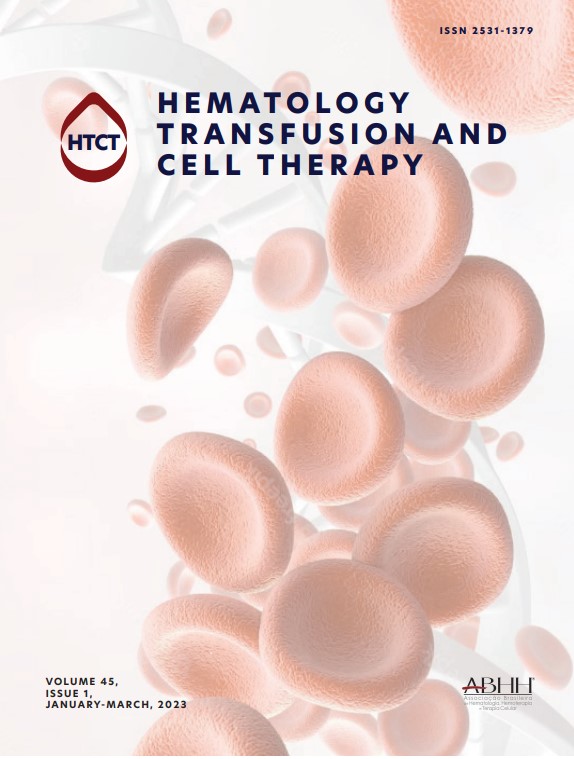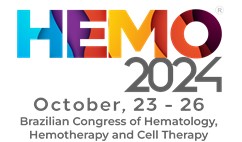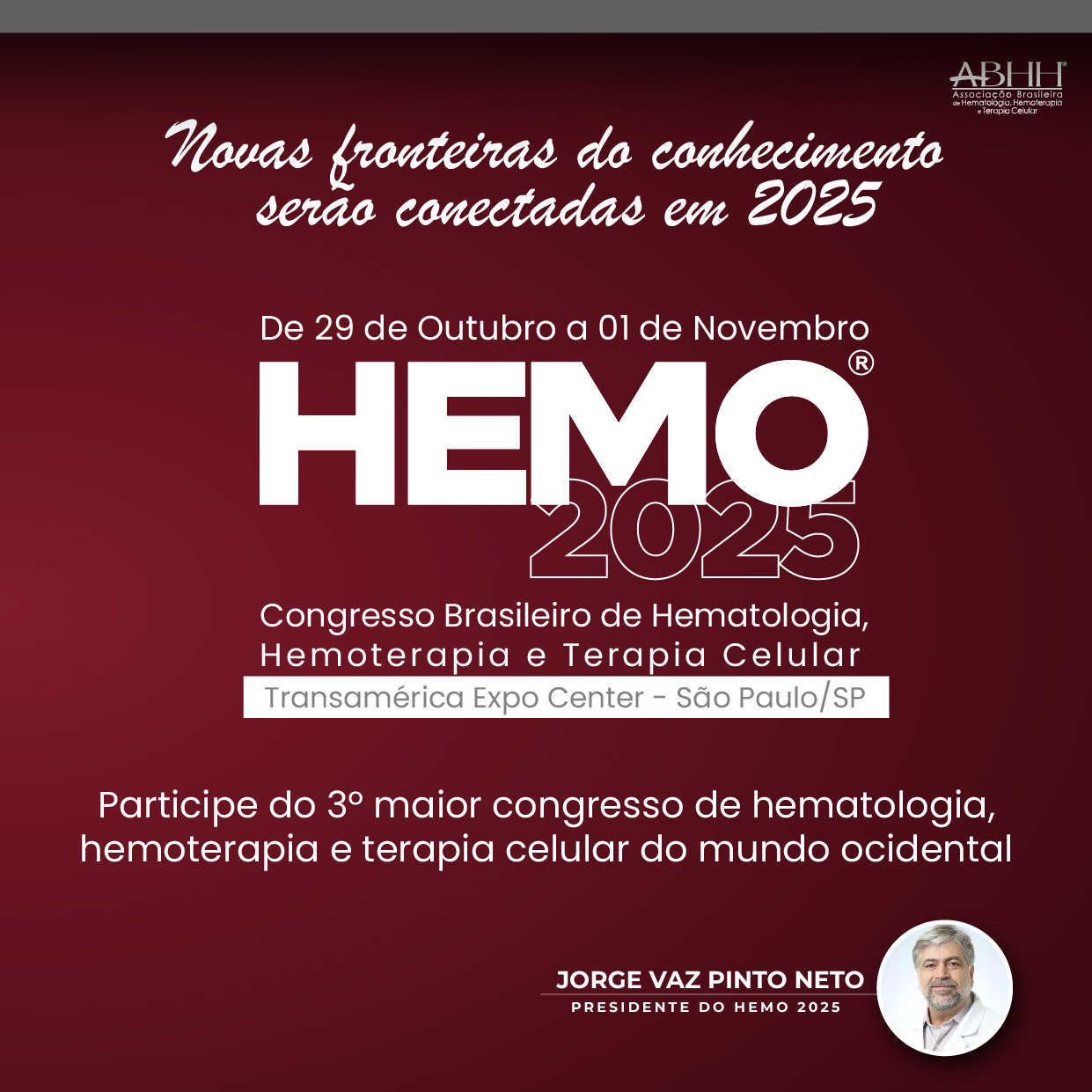Diverse physiologic and pathologic processes, such as angiogenesis, immune cell phenotype, cell differentiation and fate, epithelial to mesenchymal transition and apoptosis are maintained by extracellular vesicles (EV), small membrane vesicles released from most cell types into the extracellular space as vehicles of intercellular communication. EV subtype are exosomes, 30–100nm in diameter structures containing microRNA (miRNA), cytokines, chemokines, and other types of proteins that can be internalized by and function within recipient cells. In cancer biology cellular interactions within the microenvironment lead to tumor growth and progression. The most abundant stromal cells within the tumor microenvironment are macrophages and circulating monocytes, recruited into the tumor sites are differentiated into tumor associated macrophages (TAMs) that correlate with a poor prognosis of cancers. Cancer cells derived exosomes contain abundance of miRNAs influencing various stromal cells in the tumor microenvironment and also induce polarization of macrophages with pro- or anti-inflammatory properties. TAMs are also significant source of miRNAs that affect transcriptional activities of different oncogenes or cellular pathway regulators. There are now determined miRNAs for particular cancer type, e.g. miR-16 for breast cancer, miR-21 and miR-29 for NSCLC, miR-155 and miR-301a-3p for pancreatic cancer, miR-21-3p, miR-940, miR-181d-5p, miR-222-3p, miR-125b-5p for ovarian cancer, miR-25-3p, miR-130b-3p, miR-145, miR-203 and miR-425-5p for colorectal cancer, miR-146, and miR-150 for hepatic cancer. In hematological malignancies the cancerogenic role of exosome delivered miRNAs, cytokines and other molecules is identical: evasion of immune surveillance, progression of leukemia (miR-146a, miR-150, miR-155, miR-320) and training the leukemia microenvironment for protecting neoplastic clone with increasing neo-angiogenesis (miR-126, miR-17-92 cluster, miR-210, miR-155, miR-135b). There is a growing interest in clinical applications of EVs (including exosomes) as biomarkers with the identification of the signature miRNAs for specific cancer type and in the development of anti-cancer therapeutics.
The Impact Factor measures the average number of citations received in a particular year by papers published in the journal during the two preceding years.
© Clarivate Analytics, Journal Citation Reports 2025
SRJ is a prestige metric based on the idea that not all citations are the same. SJR uses a similar algorithm as the Google page rank; it provides a quantitative and qualitative measure of the journal's impact.
See moreSNIP measures contextual citation impact by wighting citations based on the total number of citations in a subject field.
See more





